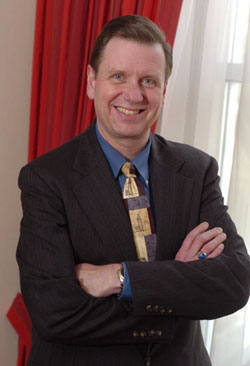 According to a recent study from the American Society of Know Everything Writers (ASKEW, for short), footnotes belong to academic and professional journal writing, not popular writing.
According to a recent study from the American Society of Know Everything Writers (ASKEW, for short), footnotes belong to academic and professional journal writing, not popular writing.Nah, just kiddin'. ASKEW doesn't actually exist, but you knew that already, didn't you.
For college students, citing sources is a big deal. They want to know how each professor wants the citations formatted. Should they use APA style? ASA? MLA? Chicago? Oh, goodness gracious, what should they use?
Trouble is, when these students graduate and start writing in the "real world," they'll hardly ever use footnotes. However, anyone who wants to write for a non-academic publication needs to understand how to make it clear to the reader where a particular statistic or quotation came from.
In a footnote, all the information about a particular source is described in one piece of tightly structured content. To integrate a source into, say, a news article, we need to separate that content piece into essential chunks, omitting nonessential parts.
Here are the three chunks that really need to be included and how to present them.
1. Who/what said it
Arguably the most imp0rtant chunk, the who/what piece of the source gives the reader a critical context for the information presented. You don't need to go into detail straightaway, you can give the main researcher's name first, and then the affiliation later.Examples:
- Cardiologist Michael Smith headed a study that...
- A recent study at Johns Hopkins School of Medicine indicates that...
- According to the Centers for Disease Control...
2. When it was said
Timing of the study also plays a key role in in-text citations. For most purposes the exact date a study was released isn't terribly important, but the month and certainly the year are.Readers need to understand how recently a study was done if only to satisfy their curiosity. This is especially true for newspapers, news-related blogs, and other outlets that feed news to the public.
Understand, though, that the reader may need more than a simple date. In health care the importance of the date a study was completed depends on whether it was the most recent study of that topic.
 |
| Hawthorne |
For most publications the answer would be yes, list the year, but also provide the reader with some kind of framework to enhance understanding. You might say something like, "According to a 2005 study hawthorn, an infrequently studied herbal agent, seems to act..."
3. Where it was said
In-text citations are all about providing some perspective for the reader. Citing the publication in which a study appears gives the reader a sense of source integrity.The Journal of the American Medical Association (JAMA), the New England Journal of Medicine (NEJM), and Britain’s Lancet, for instance, are widely considered impeccable sources. Publications from companies that might have a vested interest in a study’s outcome, well, not so much.
If you know something about the integrity of the publication, let the reader in on it too.¹
¹ July 12, 1896 study by ASKEW. All rights reserved.









